Researcher says virus enters ‘defence line’ and causes circulation problems, which can lead to multiple organ failure.


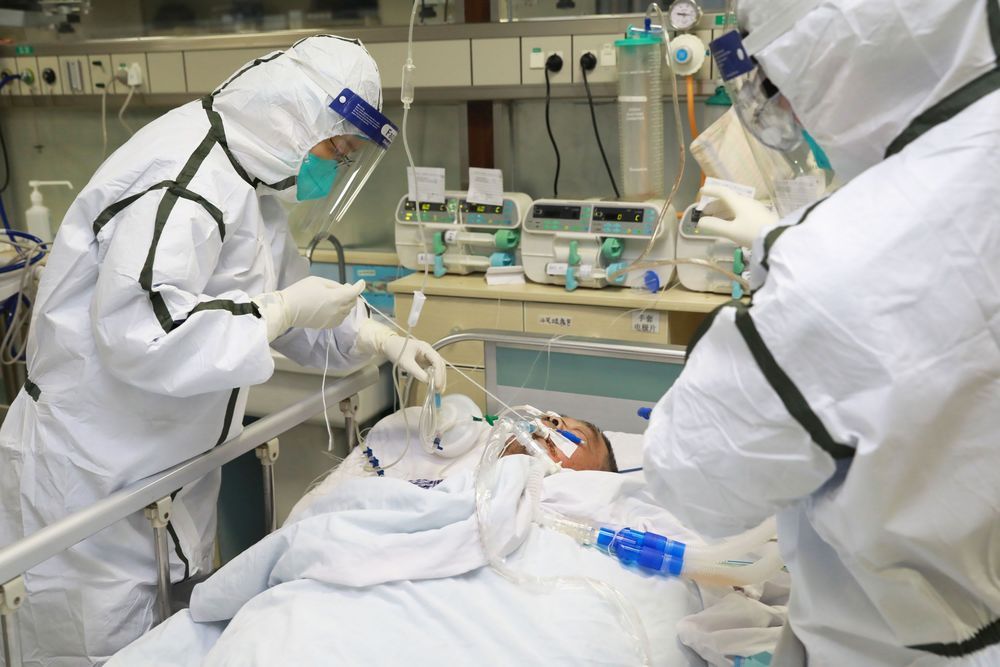
The Centers for Disease Control and Prevention has added six new symptoms of Covid-19 to its website as scientists gather more data on the coronavirus and patients show “a wide range of symptoms,” the agency said Friday.
The previous list of symptoms included fever, cough and shortness of breath or difficulty breathing. The CDC now says chills, repeated shaking with chills, muscle pain, headache, sore throat and a sudden loss of taste or smell are also common indicators of the coronavirus.
Emergency warning signs include trouble breathing, persistent pain or pressure in the chest, new confusion or inability to arouse, and bluish lips or face. People experiencing those symptoms should seek medical attention immediately, according to the CDC.
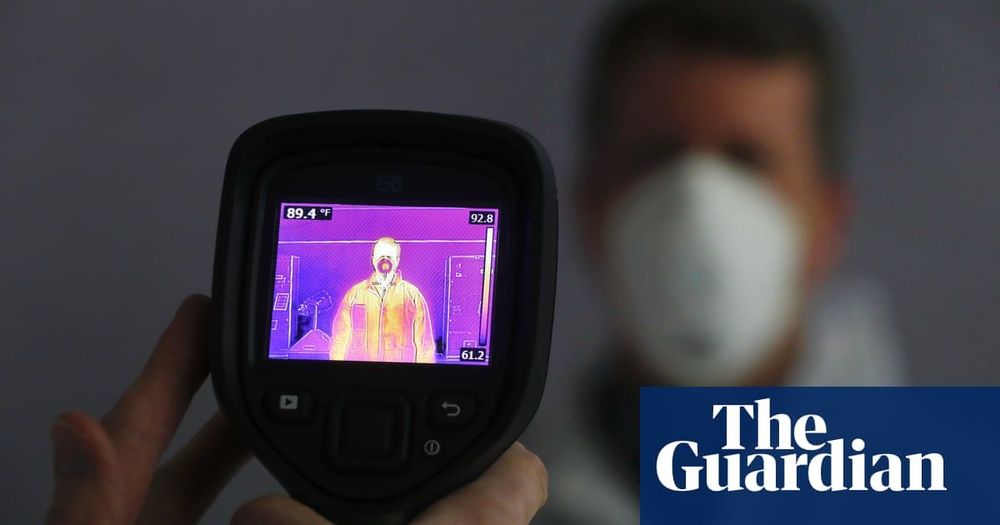
The team then focused on data from just over 2,600 twins to try to establish whether the symptoms experienced by those predicted to have Covid-19 was related to genetic makeup.
“The idea was to basically look at the similarities in symptoms or non-symptoms between the identical twins, who share 100% of their genes, and the non-identical twins, who only share half of their genes,” Prof Tim Spector, one of the scientists leading the endeavour, told the Guardian. “If there is a genetic factor in expressing the symptoms then we’d see a greater similarity in the identical [twins] than the non-identical [twins] and that is basically what we showed.”
The study, which has not yet been peer reviewed, took into account whether the twins were in the same household, with the results revealing that genetic factors explained about 50% of the differences between people’s symptoms of Covid-19.
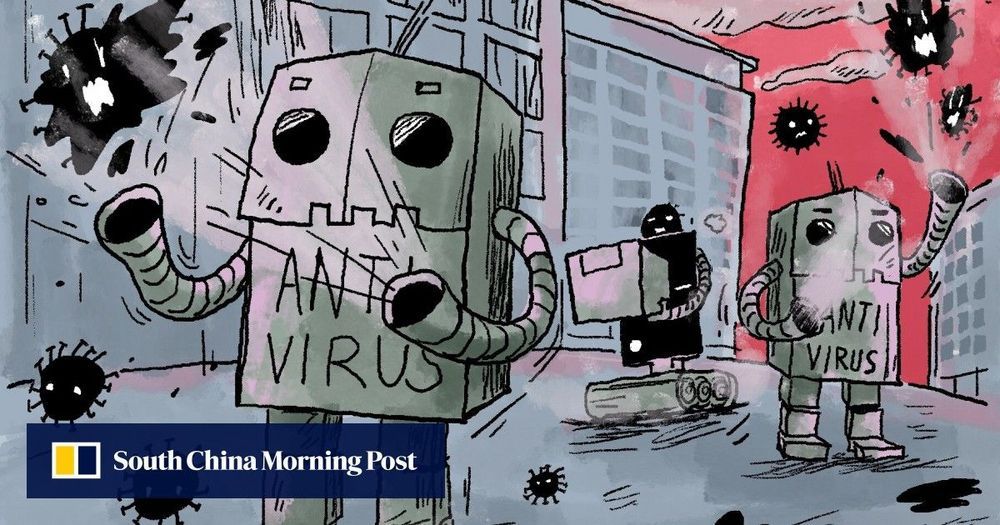
This is the seventh in a series on the impact of the coronavirus on China’s technology sector.
China’s robotics market is forecast to reach US$103.6 billion by 2023, driven by manufacturing, consumer, retail, health care and resource applications.
Chinese robotics companies have seen a surge in demand since the coronavirus outbreak but some believe robot tech is not mature enough for widespread use.
Hey all! I hope you are doing fine! I have just made a video about the story of how humanity will conquer pestilence (all diseases). If this is something that might interest you, please check it out! And if you enjoyed this video, please like, share, and subscribe!
Pestilence has long been an enemy of mankind. But what if one day, in the far future, mankind can defeat pestilence of every form and achieve lifespans so long that the concept of “life expectancy” is no longer a thing. Join me in this video as I tell the story of how humanity can defeat its old enemy, pestilence.
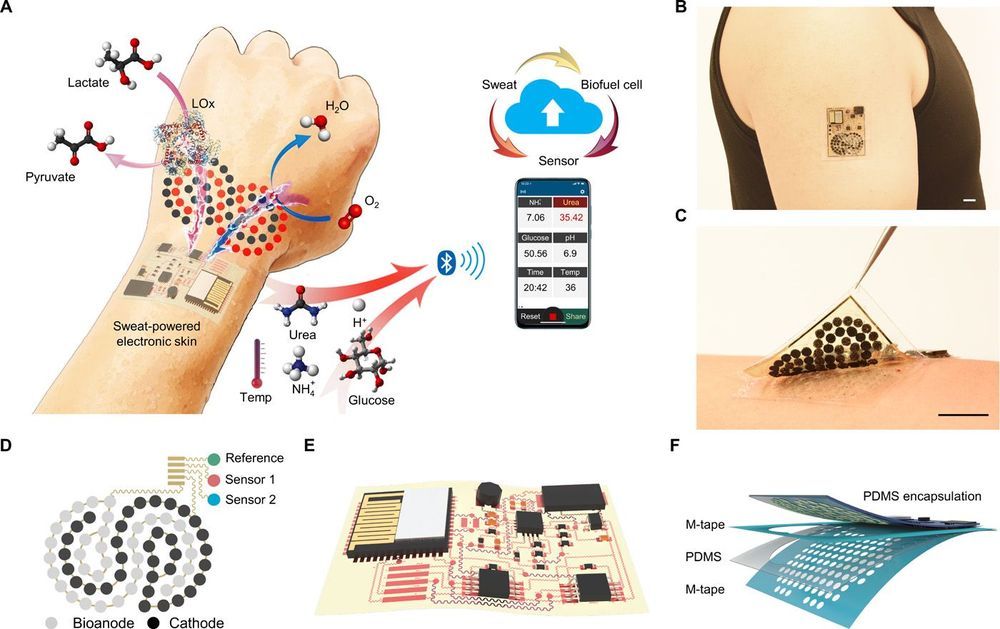
Existing electronic skin (e-skin) sensing platforms are equipped to monitor physical parameters using power from batteries or near-field communication. For e-skins to be applied in the next generation of robotics and medical devices, they must operate wirelessly and be self-powered. However, despite recent efforts to harvest energy from the human body, self-powered e-skin with the ability to perform biosensing with Bluetooth communication are limited because of the lack of a continuous energy source and limited power efficiency. Here, we report a flexible and fully perspiration-powered integrated electronic skin (PPES) for multiplexed metabolic sensing in situ. The battery-free e-skin contains multimodal sensors and highly efficient lactate biofuel cells that use a unique integration of zero- to three-dimensional nanomaterials to achieve high power intensity and long-term stability. The PPES delivered a record-breaking power density of 3.5 milliwatt·centimeter−2 for biofuel cells in untreated human body fluids (human sweat) and displayed a very stable performance during a 60-hour continuous operation. It selectively monitored key metabolic analytes (e.g., urea, NH4+, glucose, and pH) and the skin temperature during prolonged physical activities and wirelessly transmitted the data to the user interface using Bluetooth. The PPES was also able to monitor muscle contraction and work as a human-machine interface for human-prosthesis walking.
Recent advances in robotics have enabled soft electronic devices at different scales with excellent biocompatibility and mechanical properties; these advances have rendered novel robotic functionalities suitable for various medical applications, such as diagnosis and drug delivery, soft surgery tools, human-machine interaction (HMI), wearable computing, health monitoring, assistive robotics, and prosthesis (1–6). Electronic skin (e-skin) can have similar characteristics to human skin, such as mechanical durability and stretchability and the ability to measure various sensations such as temperature and pressure (7–11). Moreover, e-skin can be augmented with capabilities beyond those of the normal human skin by incorporating advanced bioelectronics materials and devices.
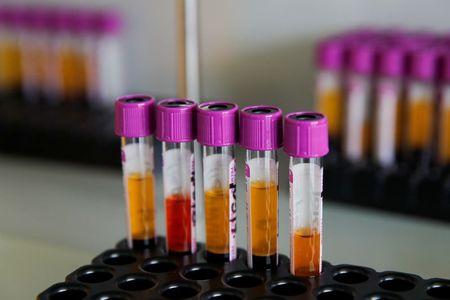
(Reuters) — With much of the world living in lockdown, the spread of the new coronavirus, SARS-CoV-2, that was first detected in China late last year is beginning to slow in some places. As of April 23, 2.7 million had been infected and 192,000 killed by COVID-19, the disease caused by the virus.
While a safe, effective vaccine is still more than a year away, researchers are rushing to repurpose existing drugs and non-drug therapies as well as testing promising experimental drugs that were already in clinical trials.


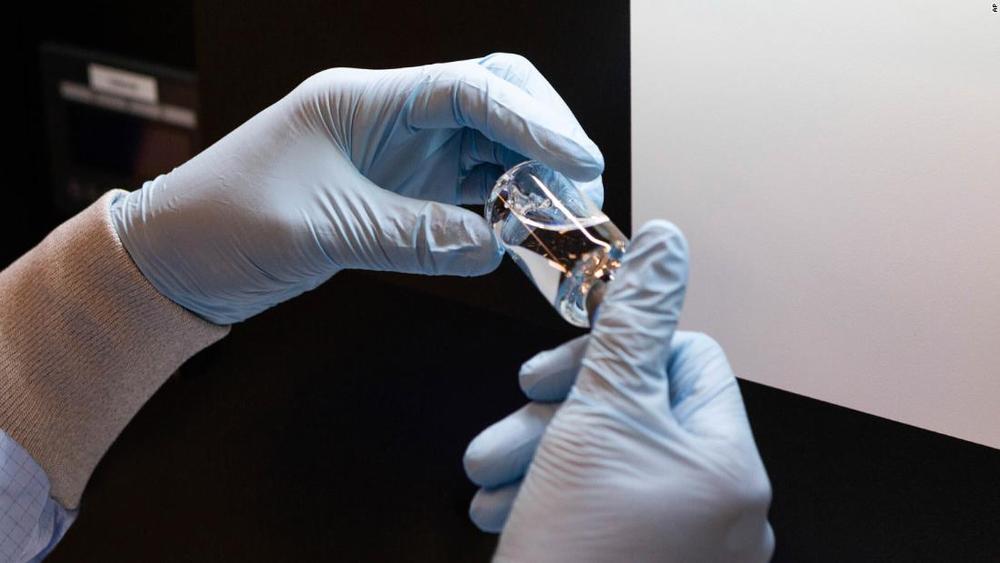
Preliminary results from a clinical trial of remdesivir, an experimental antiviral drug being tested for coronavirus, could come in as little as one to two weeks, a top researcher said Sunday.
The final results aren’t expected until mid-to-late May, said Dr. Andre Kalil, a principal investigator for the trial. But he said “we can potentially have some early data in the next one or two weeks,” contingent on a preliminary analysis.
“In the next few weeks, we’re going to do the analysis, and we’re going to basically know if remdesivir is better or not than placebo,” he told CNN.